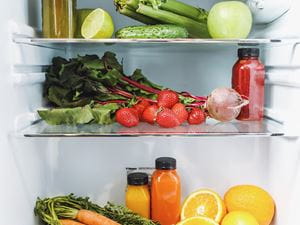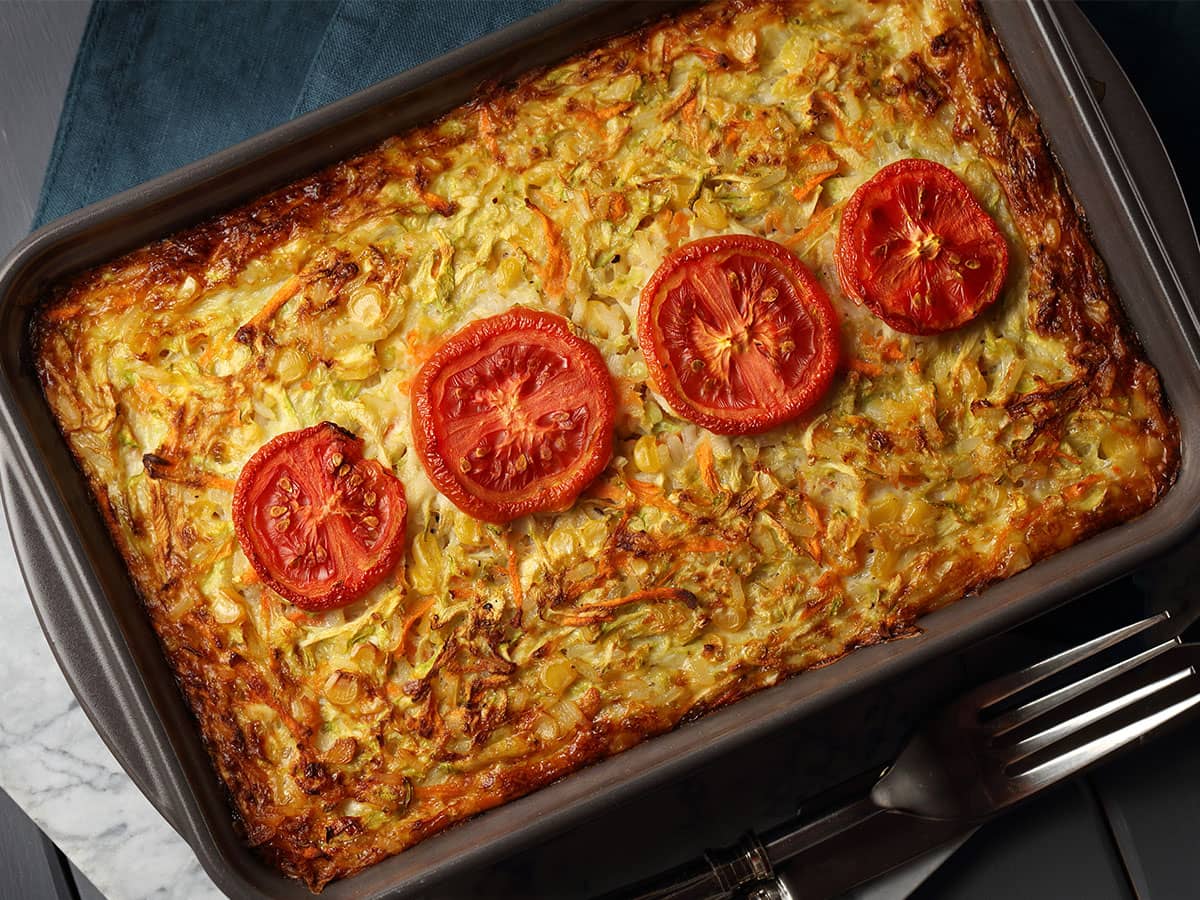
You might not believe it, but according to research, almost 40 percent of the food in the United States goes uneaten. So how does so much food end up in the trash cans instead of our bellies? When they get a little discolored or limp, households typically throw vegetables away. Sell-by and best-by labels can be overly misleading and complicated, and restaurants serve huge portions but don’t know what to do with the leftovers. Supermarkets overstock the shelves to the point where most food goes unsold. Wasted food is the most significant material in municipal landfills, producing greenhouse gases and contributing to climate change.
So how do you fight food waste? The answer is simple: make your food last longer. But the question is how? Here are some ways that you can do to give life to leftovers, help preserve your produce, and utilize all of your vegetables, fruits, herbs, and other perishable ingredients. Keeping food in your belly and out of the garbage will save money, honor the farmers who make it all possible, and help conserve the planet’s natural resources.
Store your food in glass containers.
Plastic containers may be more convenient, but glass containers with a tight-fitting lids can help make sliced veggies, fruits, and leftovers last longer. Besides holding fewer unwanted odors and fewer stains, you can pop a glass container microwave for easy reheating.
Know expiration dates.
Best-by and expiration dates can be perplexing, but the main takeaway is these dates typically apply to food quality, not safety. The sell-by dates tell the store how long to present the product for sale. The best if-used-by date applies to the ideal quality or flavor. On the other hand, the use-by date indicates when the product is past its peak quality according to the manufacturer. If you want to know if a food has gone bad, inspect for an off-scent or mold.
Understand which foods to refrigerate.
You’ll hear conflicting advice about which foods to leave out at room temperature and which to refrigerate. It would be best to refrigerate jams, grapes, tortillas, nut butter, sprouts, cooked foods, apples, eggplant, broccoli, carrots, berries, celery, and leafy greens. On the other hand, foods you should not refrigerate are watermelon, whole tomatoes, onions, potatoes, honey, garlic, and bread.
Freeze leftovers in resealable bags.
Leftovers should never go to waste, but you might not want to eat the same veggie lasagna, chili, curry, or falafel fritters for a straight week. To save your leftovers, consider buying resealable freezer bags. You can reheat foods in the bag for 30-second increments, but you may run the risk of melting the plastic. It might be best to thaw them in the refrigerator overnight.
Hang bananas over other fruits.
Hanging bananas isn’t only a cute way to store your fruit; hanging them helps delay the spoiling process and helps prevent bruising.
Buy frozen vegetables and fruits.
Frozen vegetables and fruits are an excellent alternative to fresh produce for those who don’t regularly visit the supermarket. They have a similar nutritional profile, but frozen vegetables and fruits often come pre-chopped, saving you some time on prep work. These foods never spoil, are easy to reheat, and are usually inexpensive. Other inexpensive plant-based ingredients don’t spoil.
Consider making smoothies.
Any fruit or vegetable on its last leg can quickly be pulsed into a tasty smoothie. It would help if you balanced savory greens and sweet fruits. A spoonful of your favorite nut butter can also add to the flavor. If you have a lot of extra produce about to go bad, you can put them in freezer bags to make simple smoothies.
Make a stew.
You could make a warming, rich stew if you have extra celery, carrots, onions, or any other hearty vegetables. Check out these soups that’ll keep you warm in the winter.
Wrap your bread so it won’t go stale.
It’s the age-old question: how do you keep the bread from going stale? The first step is to keep it out of the refrigerator because cold temperatures make it go stale faster. To keep your bread fresh, you can wrap it in a paper bag or dish towel and store it in a dry place. Then, you can use it for all different types of recipes.
Keep your refrigerator at the appropriate temperature.
Forty degrees or below is the best temperature to keep your refrigerator. Anything hotter allows for bacteria to grow. Plus, a warm fridge makes your food go bad faster. If you’re unsure of your refrigerator’s temperature, buying an appliance thermometer, which is usually affordable, may be best.
Clip the ends of your herbs.
Keep tender herbs like basil, thyme, parsley and others fresh by clipping the ends and refrigerating them in a glass container with a small amount of water, like putting flowers in a vase. You can also blend your fresh herbs with olive oil and freeze them for later use.
Wash produce right before using it.
Lettuce tends to go from crisp and fresh to slimy and wilted if you don’t store it correctly. It might be tempting to wash your veggies and fruits when you get home from the supermarket, but that only adds moisture to your produce, leading to bacteria and mold. Instead, wash your produce right before eating it to keep it fresh.
Preserve avocados with lemon juice.
Suppose you have half an avocado left after using some on your scrambled eggs or burger. In that case, you can save the other half from going bad by squeezing some lime or lemon juice on the avocado. Citric acid serves as a natural preservative.
Though most families tend to throw their food away, there are some ways you can preserve your food and make it last longer. Keeping your food in the refrigerator and out of the trash helps reduce food waste and saves money. To conserve the planet’s resources, we have to do our part to preserve food and not be so wasteful.

